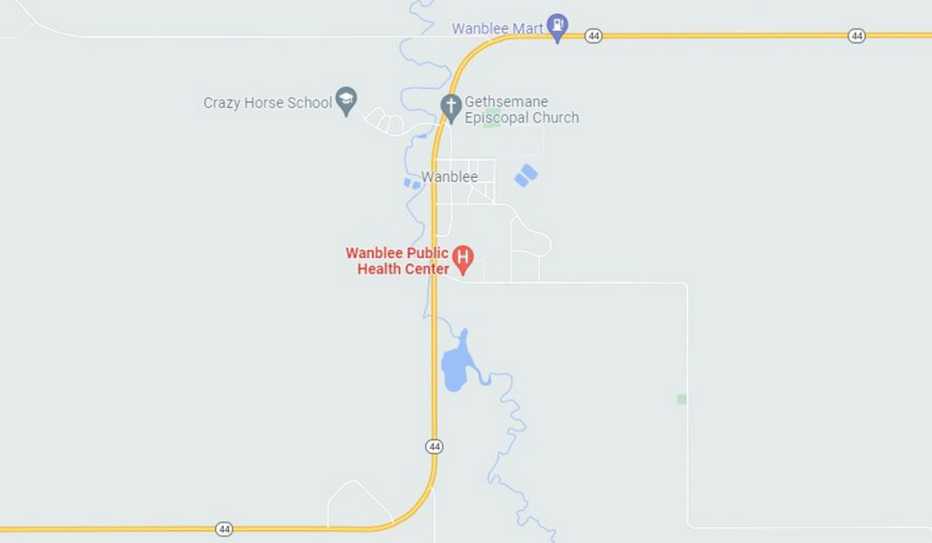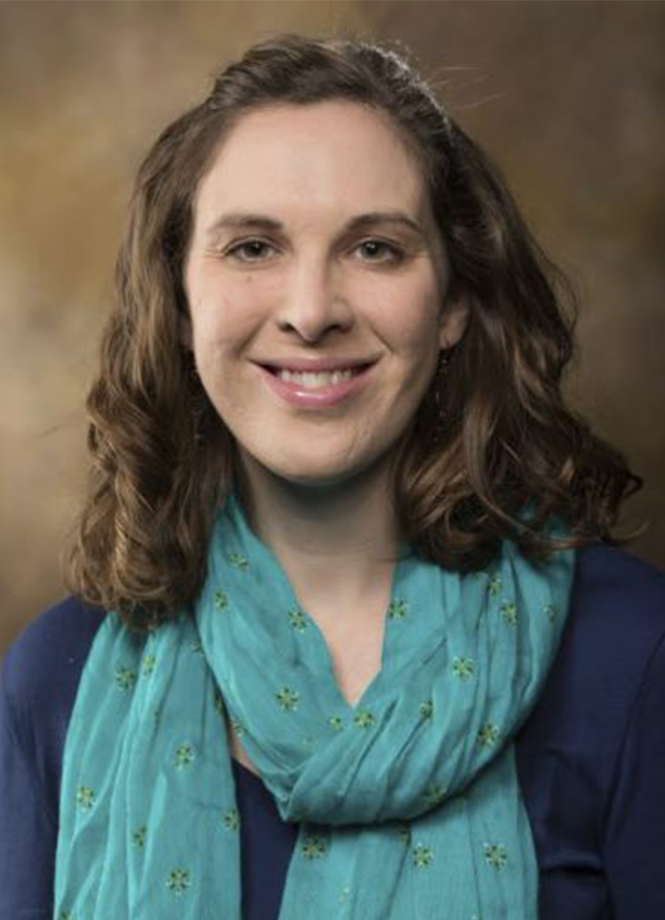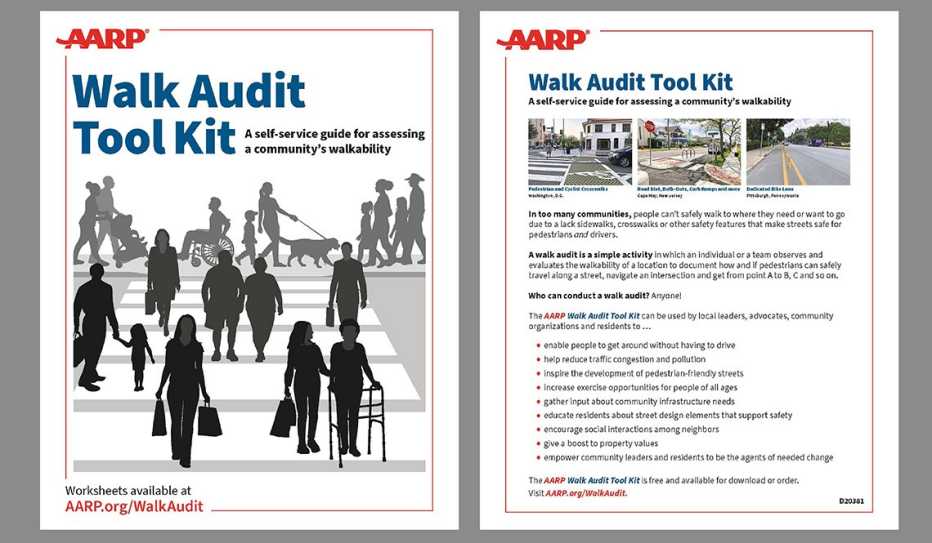AARP Hearing Center
Following is an AARP summary of the walking action plan developed by Prairey Walkling, a State Walking College Fellow, for a distant community on the Pine Ridge Indian Reservation.


PLAN VISION AND GOALS
- Use multiple built environment changes to connect everyday destinations in Wanblee
- Improve sidewalks and bicycle infrastructure
- Reduce obesity among youth and adults
THE LOCATION
Wanblee (or Waŋblí Hoȟpi in Lakota, meaning "Eagle Nest") is a community of 940 residents and part of the Pine Ridge (Oglala Lakota) Indian Reservation. Crazy Horse School serves about 350 students grades K through 12.
Due to an 80 percent poverty rate and a high percentage of residents who need to walk or bike to get around, safe and ADA-compliant pathways are critically needed.
Prairey Walkling
State Walking College Fellow
Class of 2021


Prairey Walkling is a Family and Community Health Field Specialist with the South Dakota State University Extension.
In Wanblee and other Native American communities, the lack of safe places to walk, run or bike contribute to high obesity levels and other health challenges. In Wanblee and many tribal places, a state highway is the main thoroughfare. Many of these highways have little or no shoulders and the roads lend themselves to fast driving speeds.
With a recorded pedestrian death rate almost five times the national average, according to the 2016 Dangerous by Design report by America Walks, American Indians and Alaska Natives are more likely to be killed while walking than any other racial or ethnic group.
In December 2021, a fatal pedestrian death occurred on Highway 44 just east of Wanblee. It was the second fatal pedestrian incident on that stretch of the highway.
POTENTIAL COMMUNITY PARTNERS
- Oglala Sioux Tribe-Department of Transportation
- Oglala Sioux Tribal Council (Eagle Nest representatives)
- Crazy Horse School
- Oglala Lakota College
- Wanblee Community Action Team
- Oglala Sioux Lakota Housing
- KLJ Design
- South Dakota Department of Transportation
- South Dakota State University Extension
THE PLAN
In 2020, Crazy Horse School received funding to resurface the school road and build a sidewalk with night lighting. The tribe is working to create the Wanblee Pathway, a paved walkway that will be separated from vehicular traffic and connect to nearly all the necessary destinations in Wanblee.
1. Secure funding for the Wanblee Pathway Project
- Apply for construction funding from the federal Fixing America's Surface Transportation (FAST) Act, formerly the Transportation Alternatives Program
2. Engage the community in ongoing walkability advocacy and built environment enhancements
- Continue an existing program that provides free bicycles to students at the beginning of summer
- Add bike racks at the school (there are currently none) to encourage biking and provide secure storage
- Host a bike rodeo/bike repair event
- Install a bike repair station at the Crazy Horse School. (The closest bike shop is in Rapid City, 100 miles away.)
- Integrate cycling into the school’s physical education program
3. Research policies and possible barriers to active transportation.
- Assess the community's maintenance and snow removal plans
- Assess the adequacy of outdoor lighting and seating as well as the community's tree cover
POTENTIAL CHALLENGES
- As states by Prairey Walkling, " I am a new face in Wanblee and it takes time to build a community’s trust. A local 'community champion' can go a long way in this regard."
- The pathway has a high price tag and will take years until full completion. Funding could be a challenge, as well as residents becoming impatient with the lack of progress.
- Walking and biking to school or work are not yet normalized in South Dakota. Some fear for their safety, some don’t own bikes, there are weather challenges and busy schedules. Safety concerns can be pinpointed and attempts can be made to remedy these concerns. (Improved lighting or a “walking school bus” could be implemented to alleviate parental safety concerns. A bike share program could be implemented for those who do not own bikes.)
WHAT’S BEEN ACCOMPLISHED SO FAR
As of February 2022:
- A walk audit [learn more below] was completed in the fall of 2020 with eight community volunteers
- Phase I of the Wanblee Pathway has secured funding and construction is set to begin in 2023. In the meantime, permissions must be received in order to survey all land adjacent to the project. (That work will be followed by a survey of existing conditions and then the engineering design.)
- Phase II funding was applied for through the Transportation Alternatives program of the South Dakota Department of Transportation and has been approved
- Crazy Horse School received an $800 mini-grant to purchase and install a bike rack and host a bike rodeo
- 100 helmets were donated by South Dakota EMS for Children for giving to Crazy Horse students who attend the bike rodeo
- The nonprofit Thrive Adventure Retail Store in Rapid City will help teach basic bike repairs at the bike rodeo. (They recommend installing a permanent, outdoor bike repair station as a long-term solution for performing basic repairs and maintenance.)
- Since Wanblee has been selected for the 2022 Active Transportation Assessment Collaboration offered by the South Dakota Department of Health, the community will receive free technical assistance from landscape architecture students at South Dakota State University.
Page published March 2022

































































